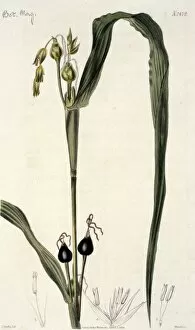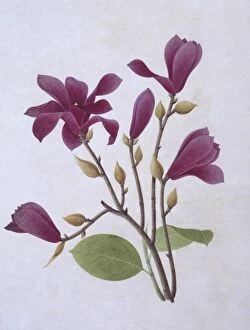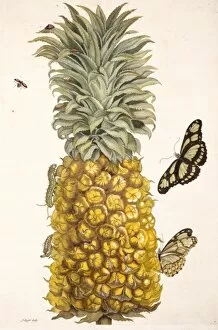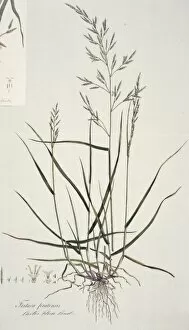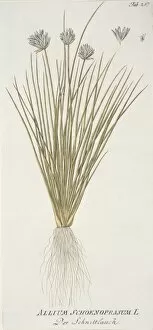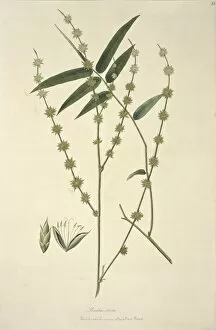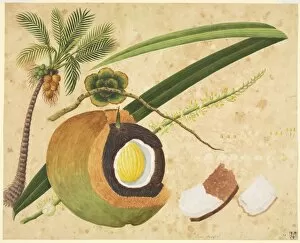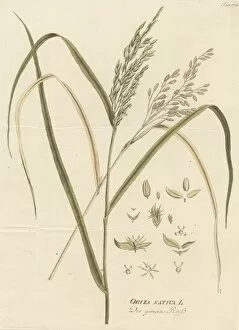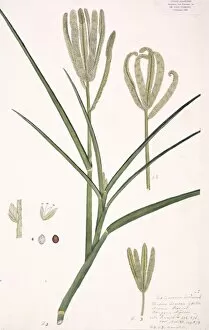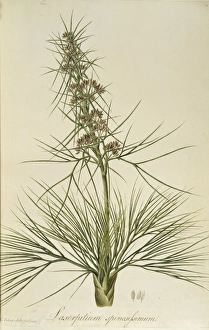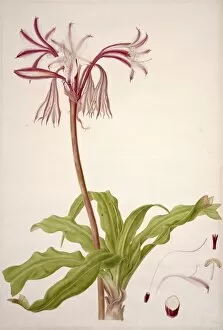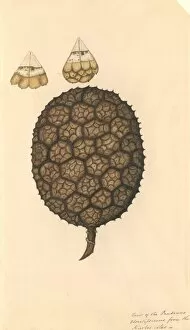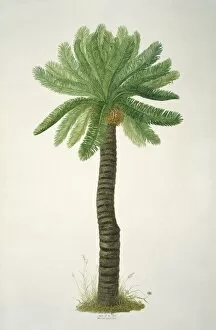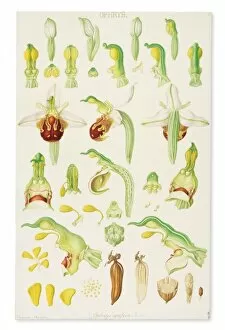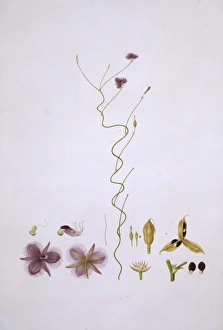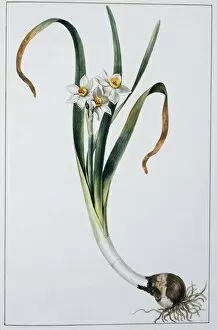Monocot Collection (page 19)
Monocots, a diverse group of plants, showcase their unique beauty in various forms
All Professionally Made to Order for Quick Shipping
Monocots, a diverse group of plants, showcase their unique beauty in various forms. The Narcissus tazetta, commonly known as the tazetta daffodil, enchants with its delicate white petals and golden trumpet-shaped center. Meanwhile, the Livistona humilis or sand palm stands tall and graceful with its slender trunk and fan-like leaves. In contrast to these gentle blooms, the Elaeis guineensis Jacq. , an African oil palm, exudes strength and resilience as it thrives in tropical regions. The Strelitzea sp. , also known as the bird of paradise flower, captivates onlookers with its vibrant colors resembling a majestic bird in flight. Even amidst snow-covered landscapes like Buckinghamshire's winter wonderland in England's UK, the Snowdrop (Galanthus Sp. ) emerges delicately—a solitary flower braving freezing temperatures. In springtime scenes like Eype Down with Colmers Hill in the background, Bluebells (Hyacinthoides non-scripta) carpet the ground beneath towering trees. The Macrozamia communis or burrawang palm showcases its prehistoric charm with large fronds that have witnessed centuries pass by. On another note, Flame lilies (Gloriosa sp. ) ignite passion through their fiery red petals that curl dramatically at their edges. Nature continues to amaze us with intricate designs such as Ophrys apifera or bee orchid—its blossom mimicking a bee to attract pollinators—and Cypripedium reginae or lady's slipper orchid boasting elegant pink petals reminiscent of royalty. Traveling all the way from Madagascar is Angraecum sesquipedale—an enchanting Madagascan orchid whose long nectar spur entices only one specific moth species for pollination.


